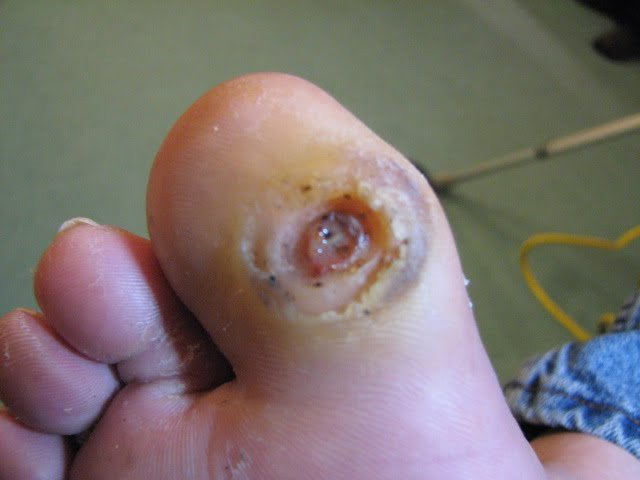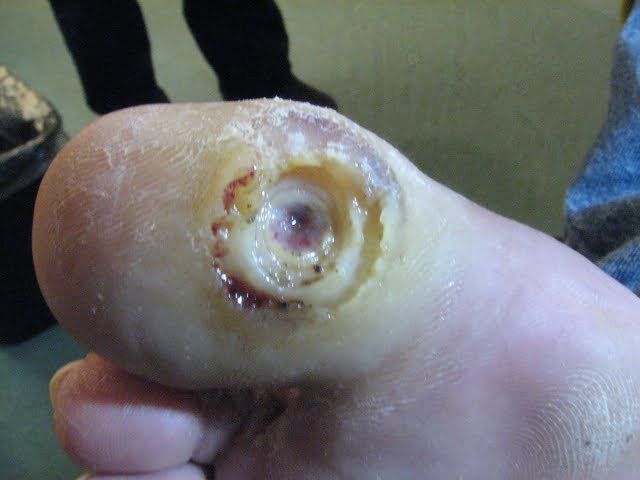Maggot Debridement Therapy (MDT), also known as larval therapy, is a form of biotherapy that has been utilized for centuries and is now experiencing a resurgence in modern medicine due to its exceptional efficacy in wound healing. This innovative approach uses live, sterile maggots to remove dead tissue from wounds, promoting healing while preserving healthy tissue.


During MDT, sterile fly larvae are carefully placed onto the wound bed. These maggots feed on necrotic tissue through a process called enzymatic debridement. They secrete proteolytic enzymes that break down dead tissue into a liquefied form, which the maggots then ingest. This process is highly effective, not only removing dead tissue but also ingesting bacteria present in the wound. The bacteria are destroyed in the maggots’ digestive system, leaving the wound cleaner and better prepared for healing.
MDT offers several significant benefits in wound care, particularly for chronic wounds like diabetic ulcers, pressure ulcers, and venous leg ulcers:
At Dr. Fred Bloem’s practice, MDT is integrated into a comprehensive wound healing strategy that includes nutritional support, ozone therapy, and low-level laser therapy (LLLT). This holistic approach ensures that patients receive the most effective treatment for their specific needs.
Nutritional Support: Proper nutrition is essential for wound healing. Dr. Bloem provides personalized dietary recommendations and supplements to support the body’s ability to repair and regenerate tissue. This may include vitamins, minerals, and other nutrients crucial for collagen production, immune function, and overall healing.
Ozone Therapy: Ozone therapy is used to enhance oxygenation of the tissues, reduce infection, and promote faster healing. Ozone has potent antimicrobial properties and helps stimulate the immune system, making it an invaluable tool in wound care, especially for chronic or infected wounds. Both intravenous ozone therapy and ozone limb bagging may be helpful in this regard.
Low-Level Laser Therapy (LLLT): LLLT is a non-invasive treatment that uses specific wavelengths of light to accelerate wound healing. It works by reducing inflammation, increasing circulation, and promoting cellular repair. LLLT is particularly beneficial in reducing pain and speeding up the healing process when combined with MDT.
Dr. Bloem’s integrative approach to wound healing is designed to address the underlying factors that impede recovery. By combining the precision of MDT with the benefits of nutritional support, ozone therapy, and LLLT, Dr. Bloem offers a comprehensive and patient-centered solution to wound care.
If you’re struggling with a chronic wound or seeking advanced wound care solutions, Dr. Bloem’s integrative approach can provide the support and healing you need. Contact our office to learn more about how we can help you on your journey to recovery.